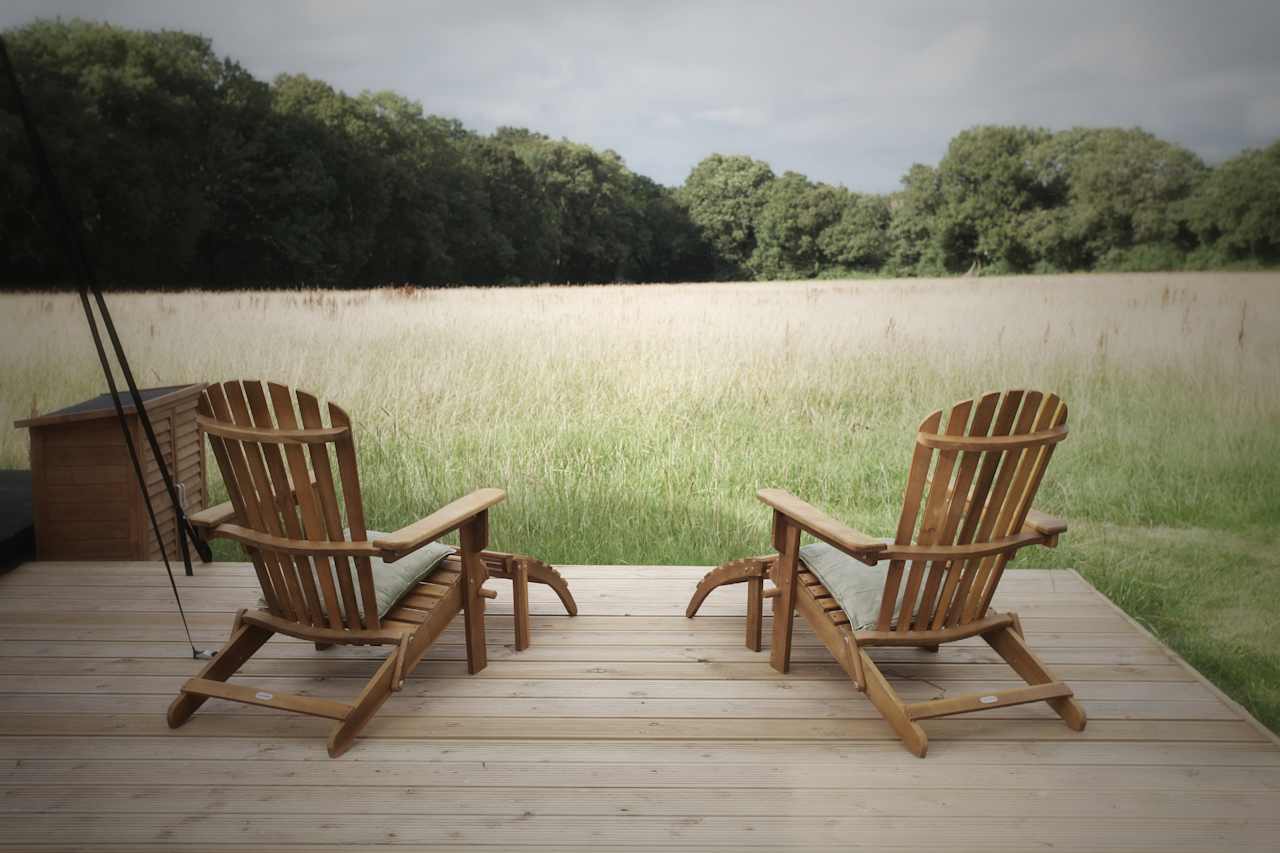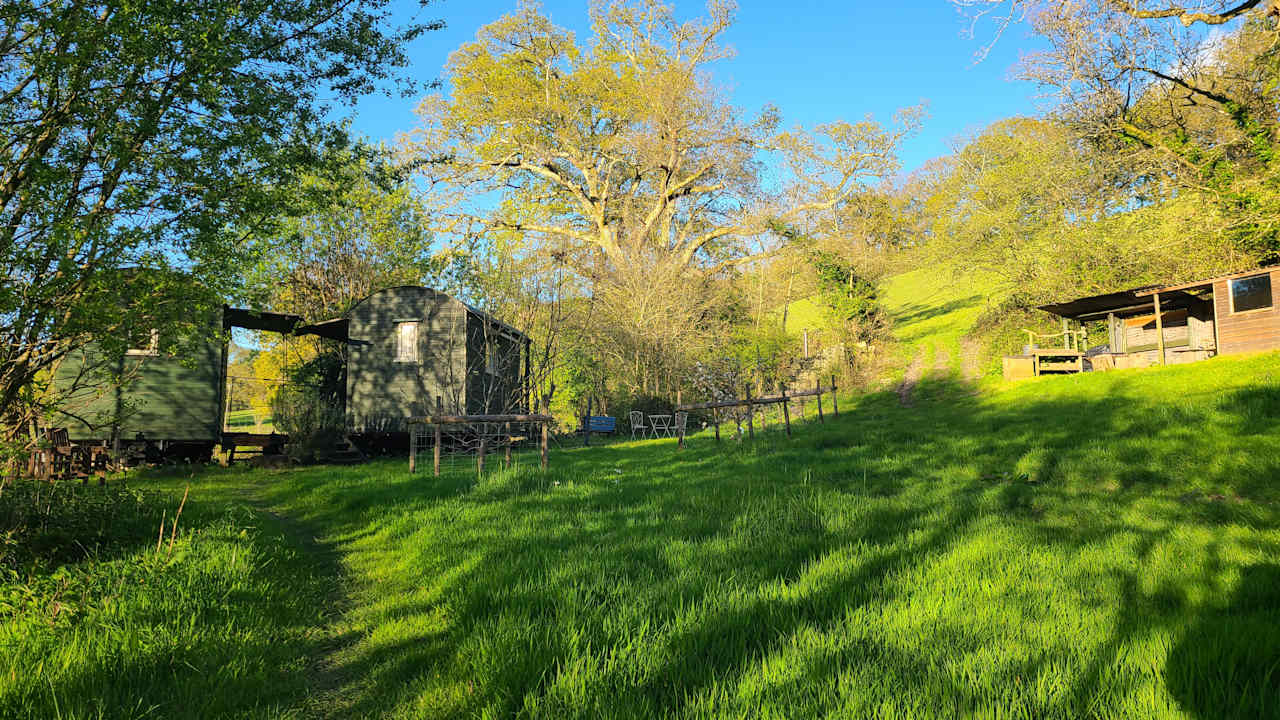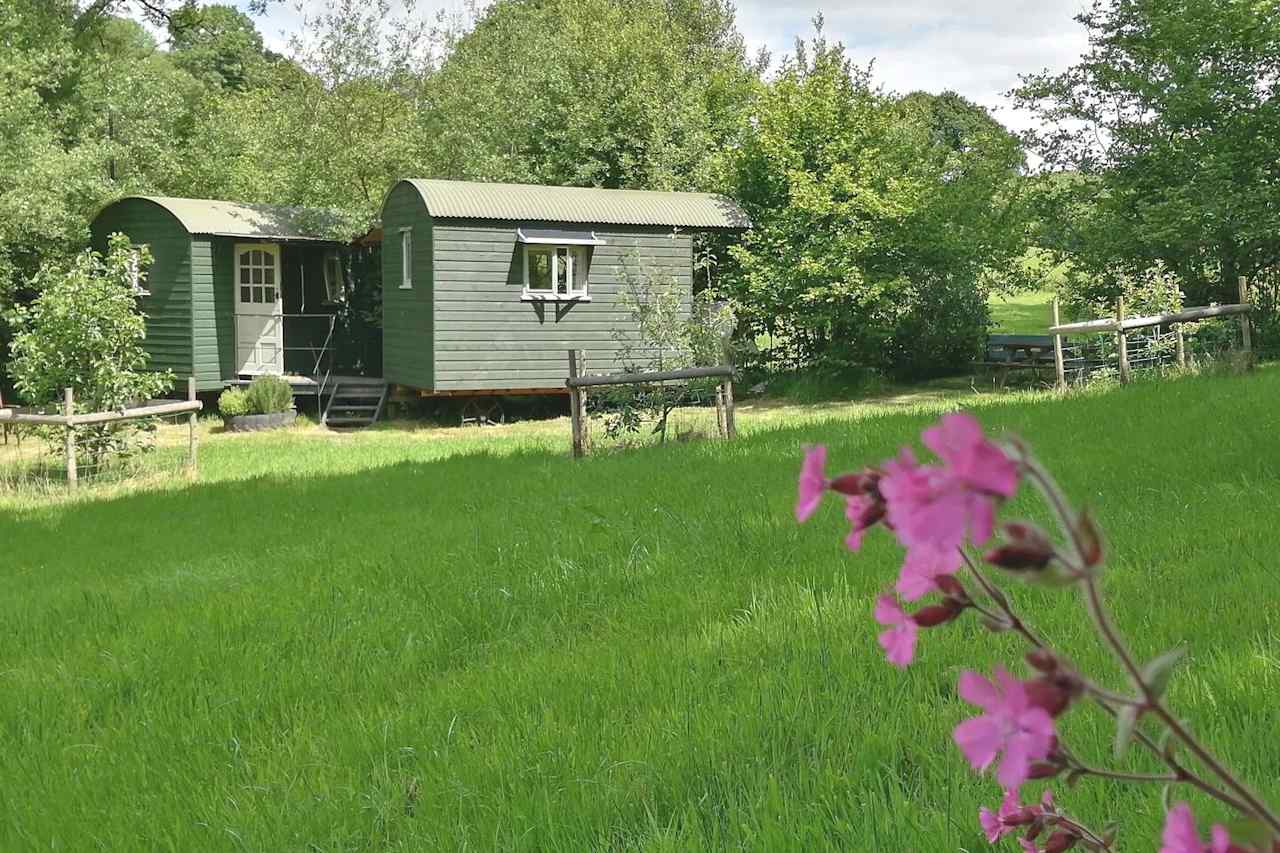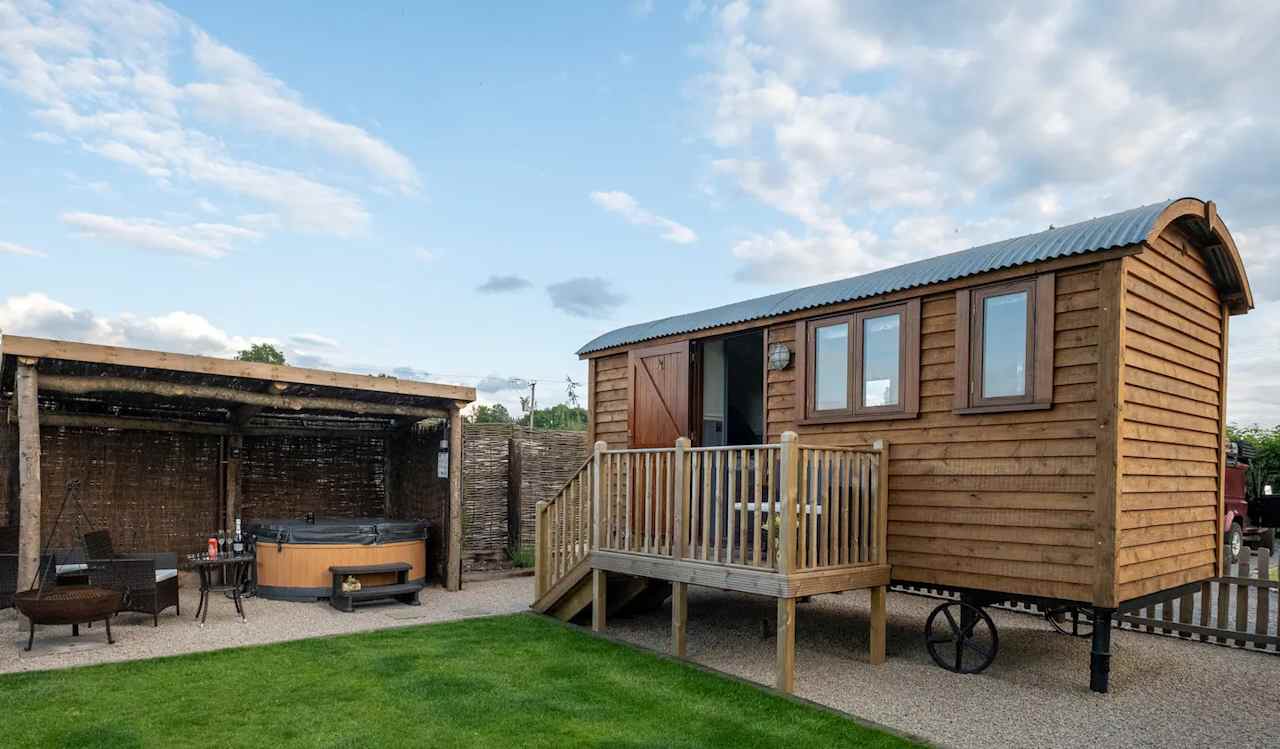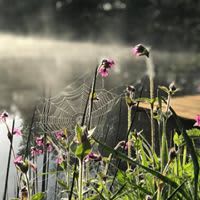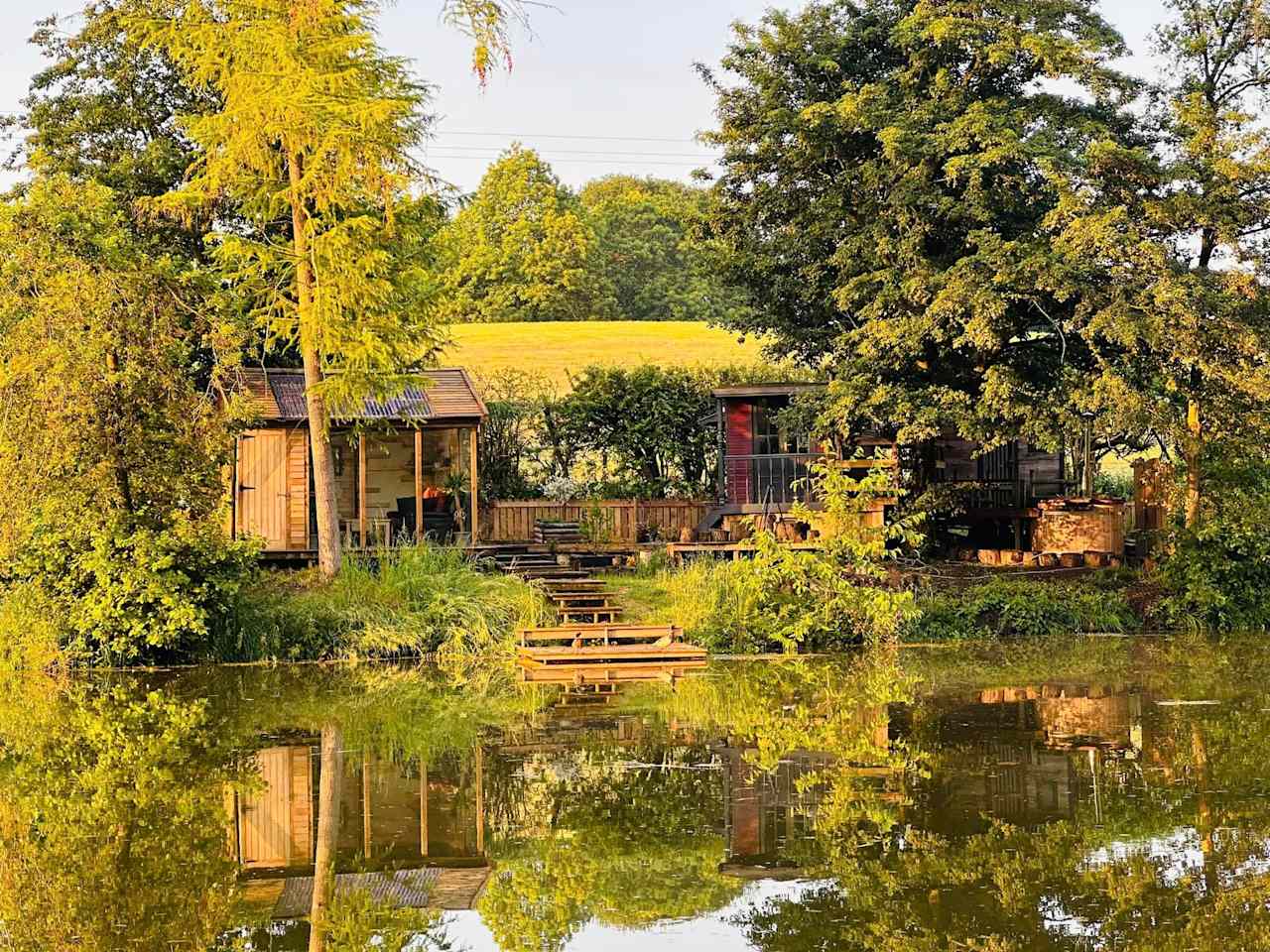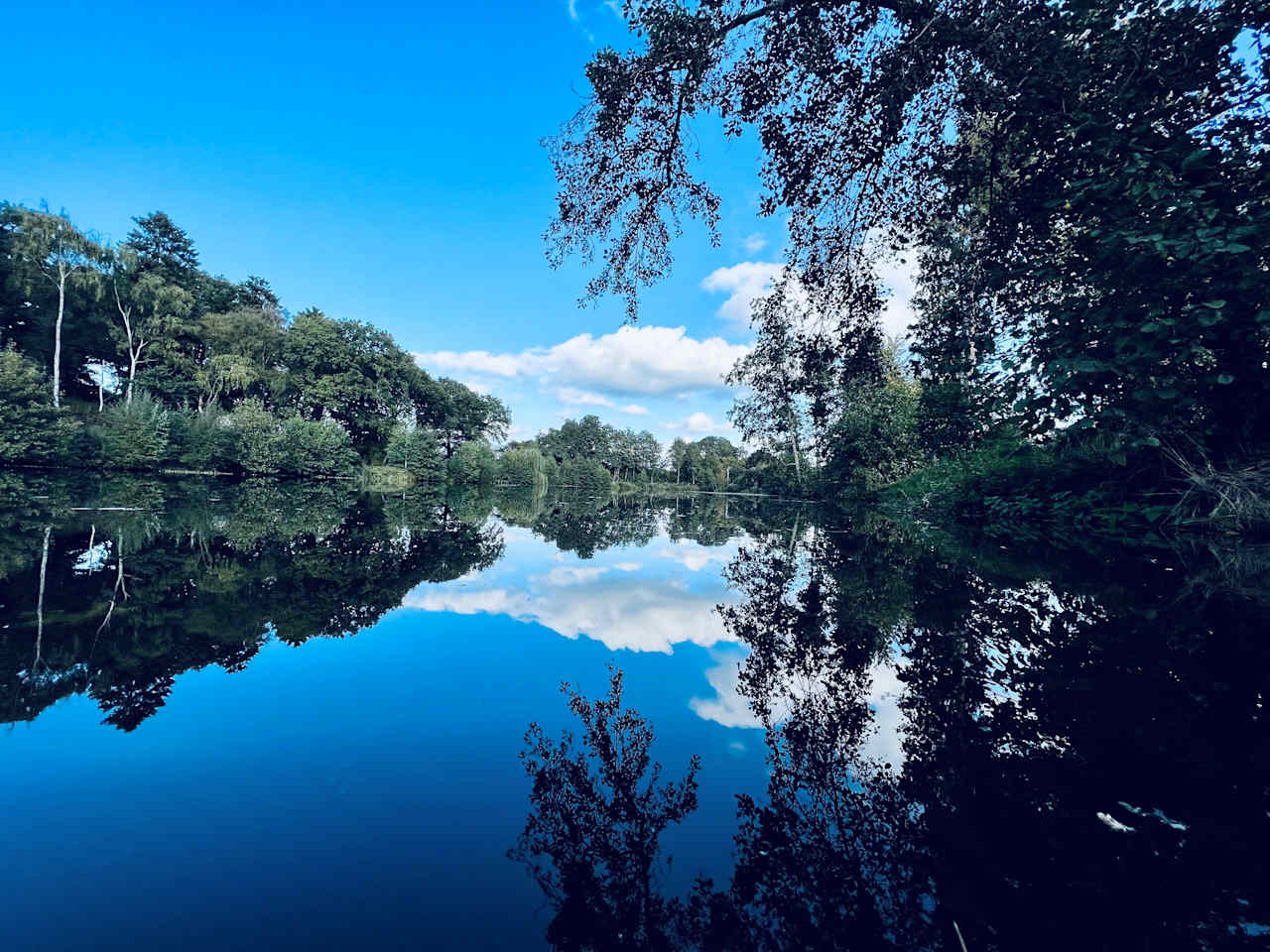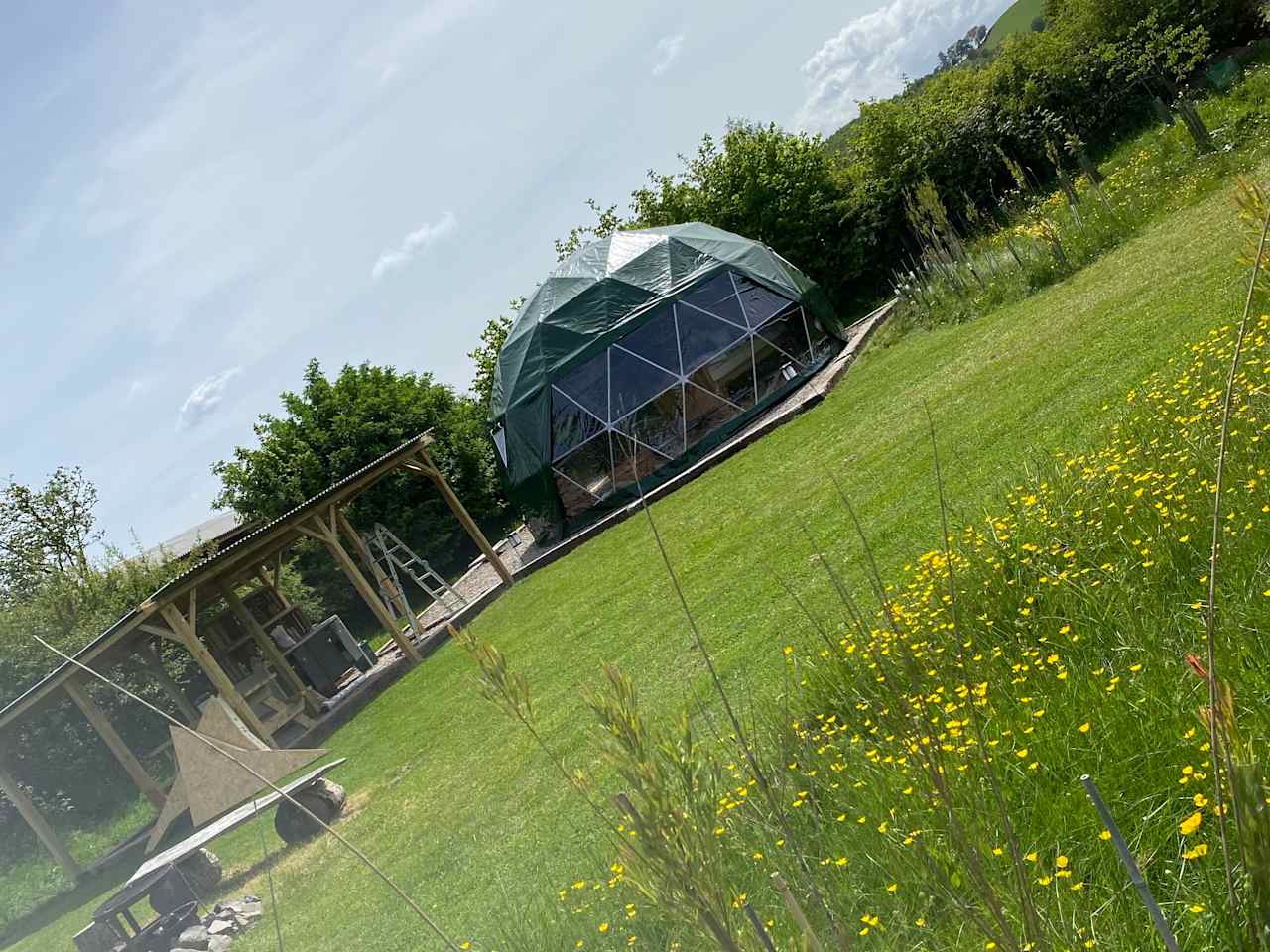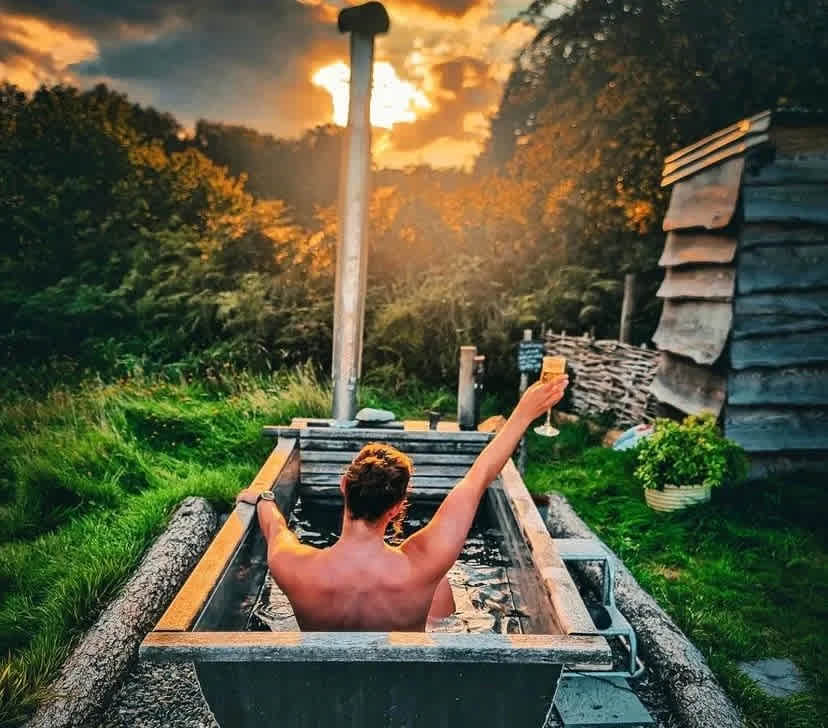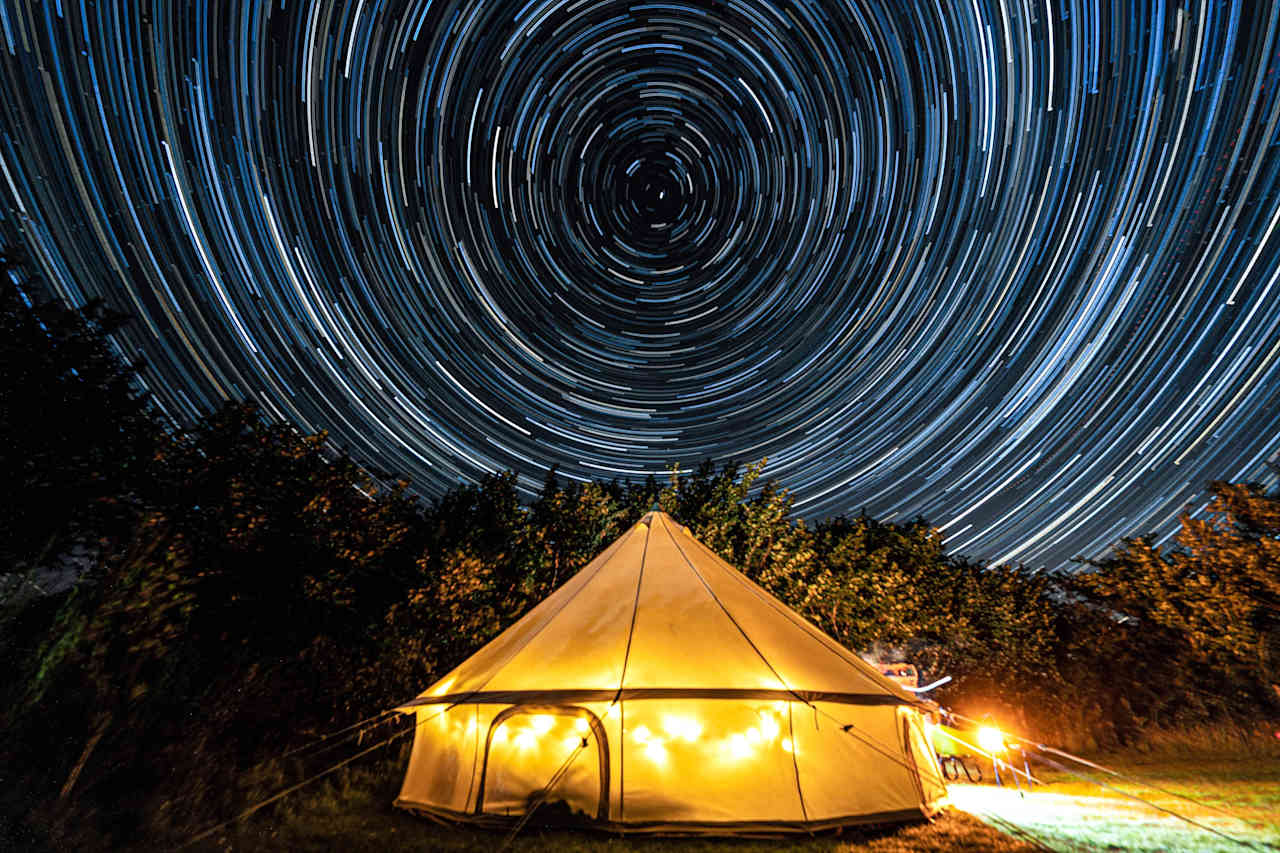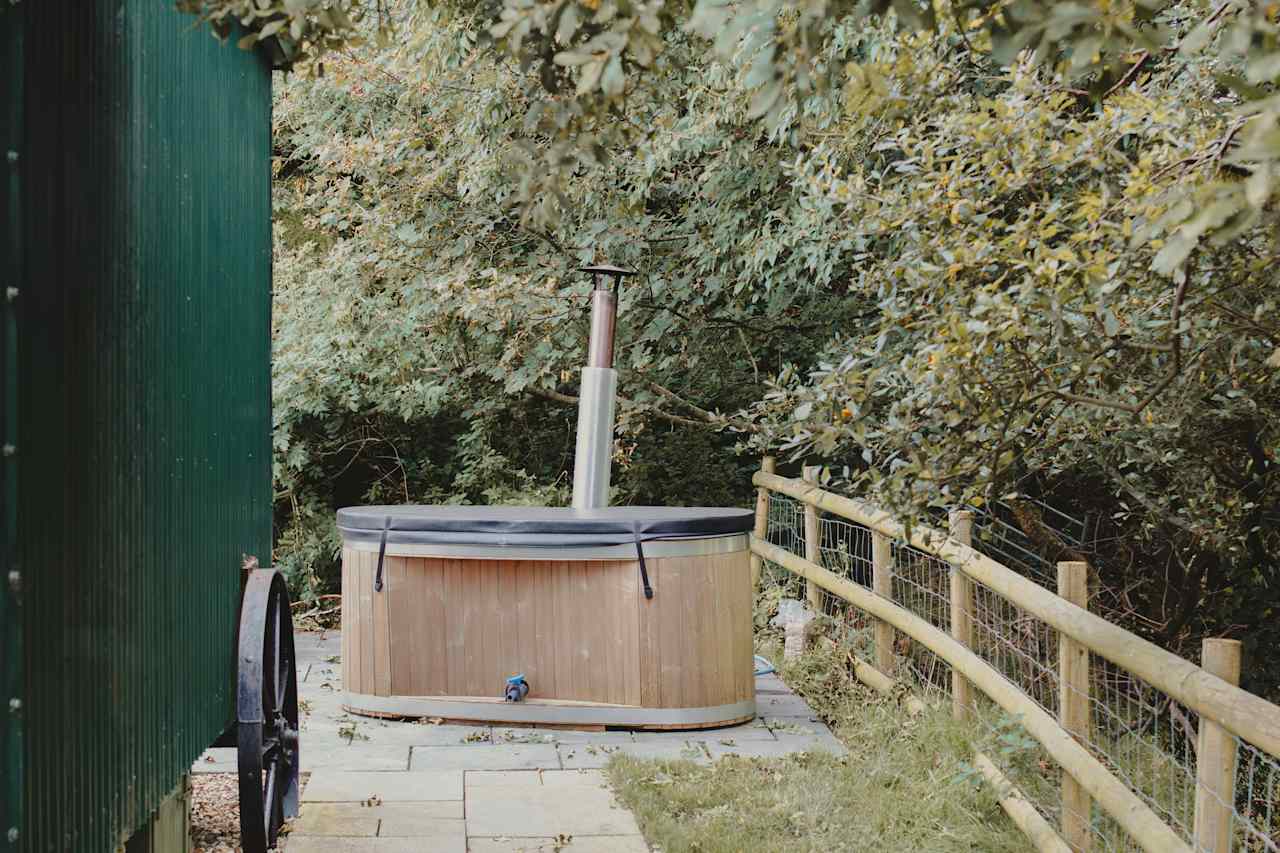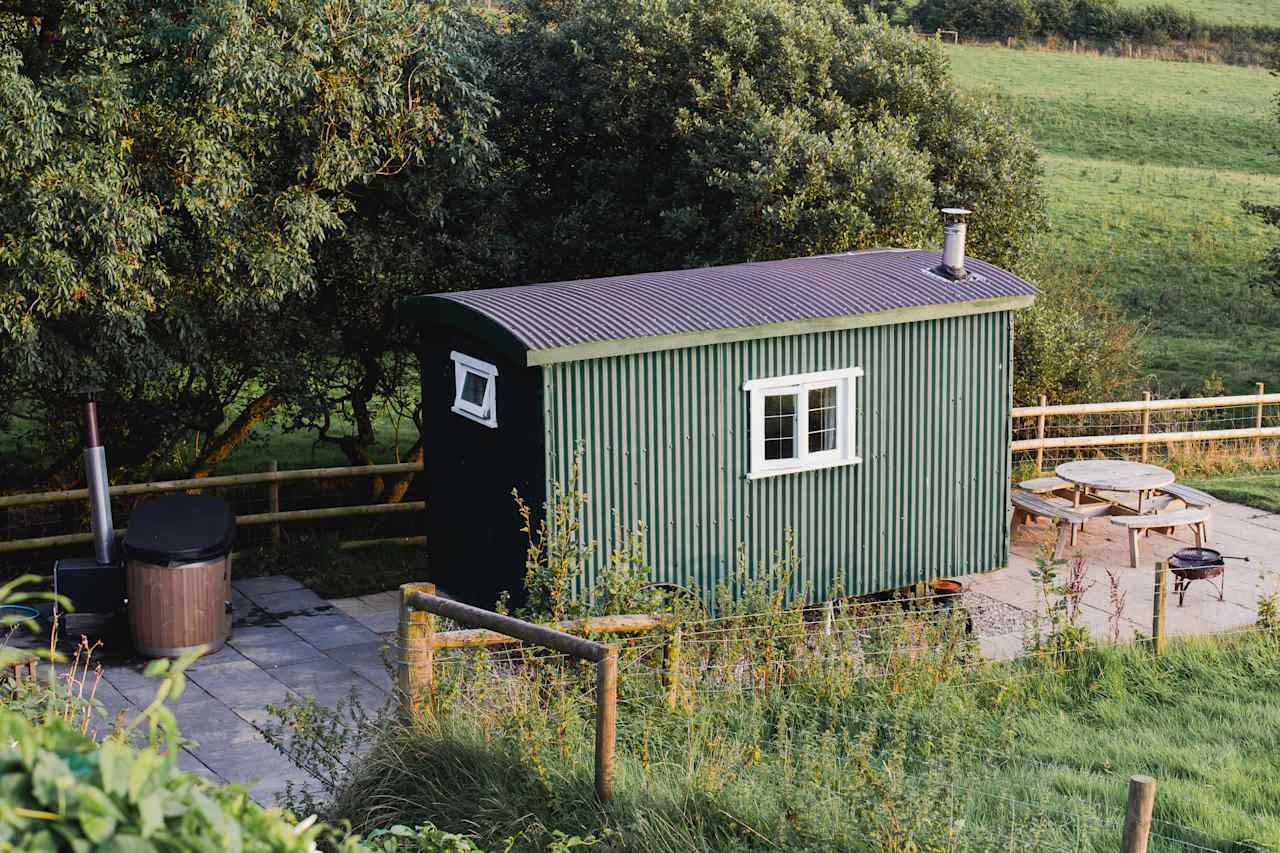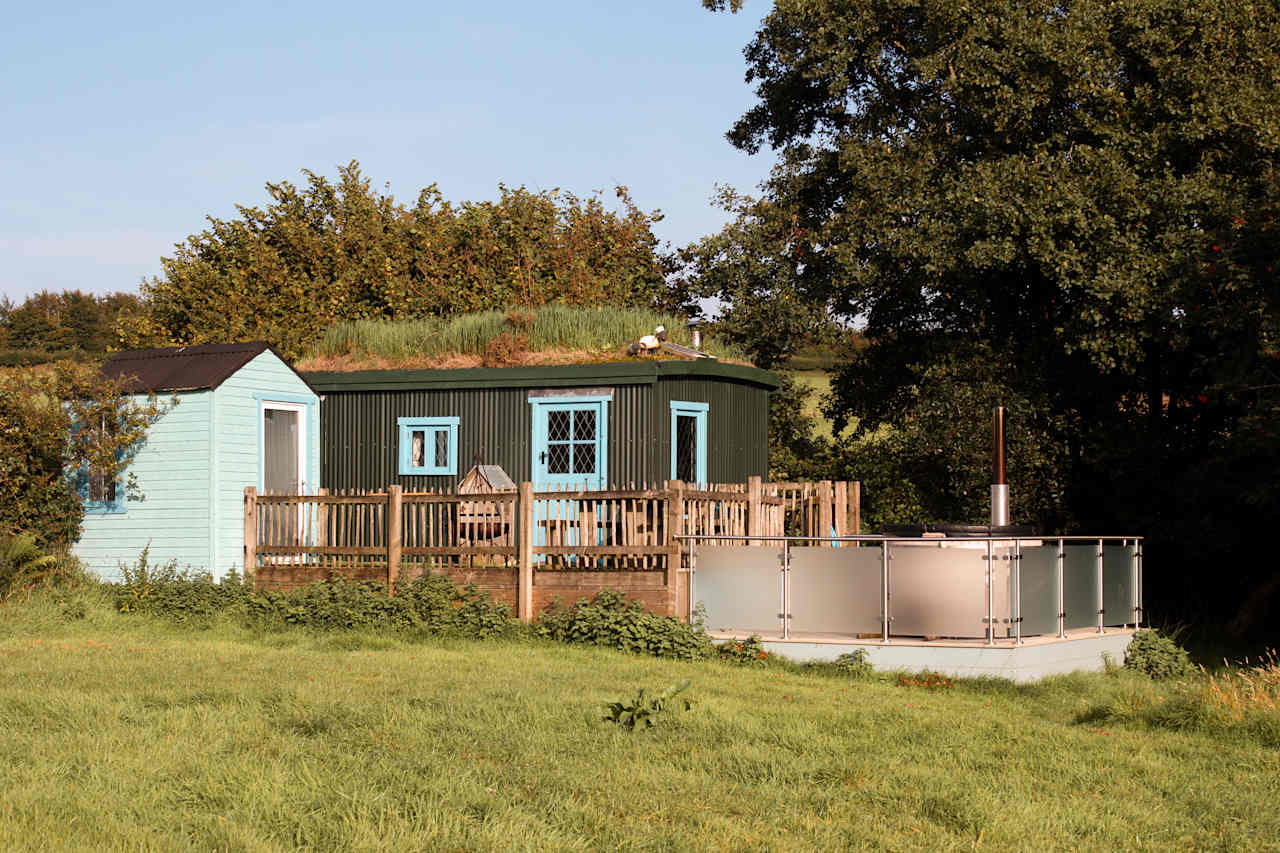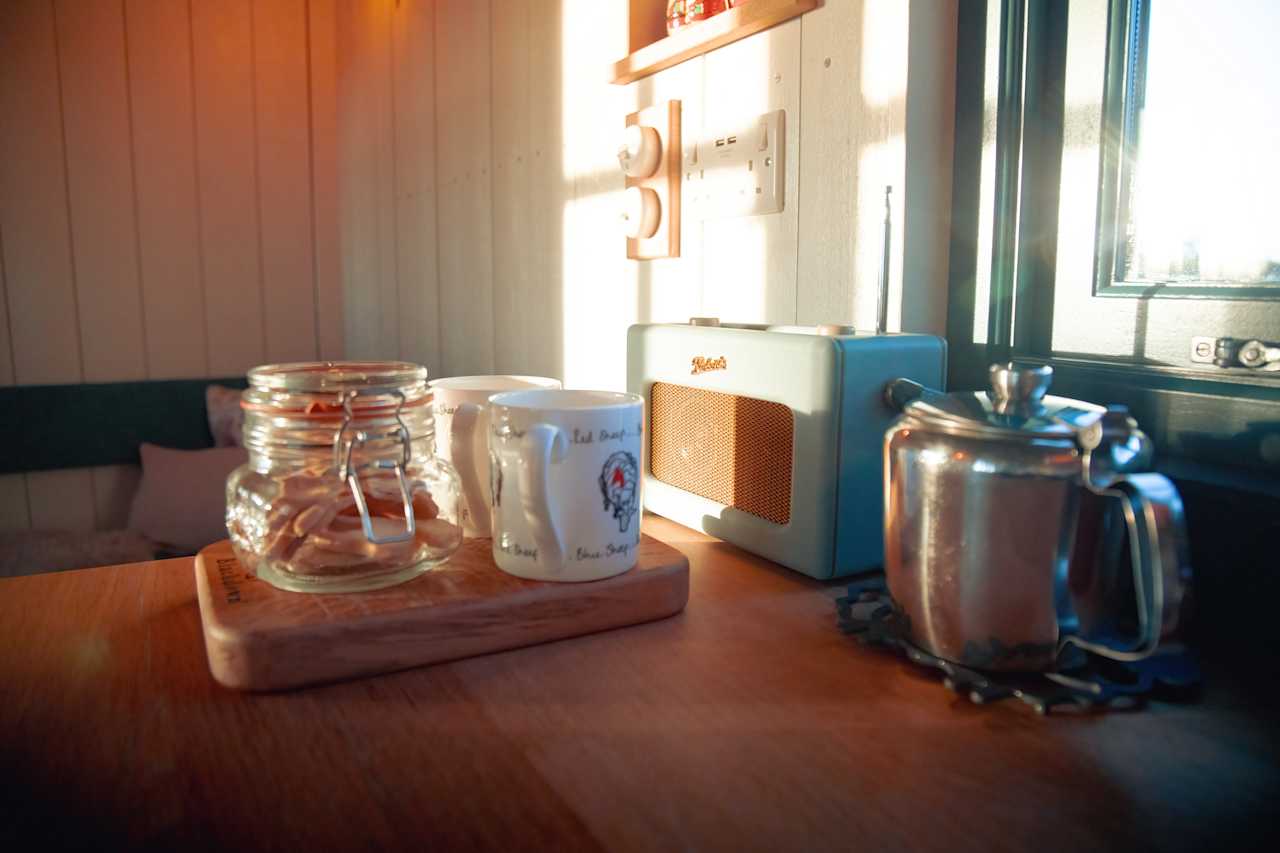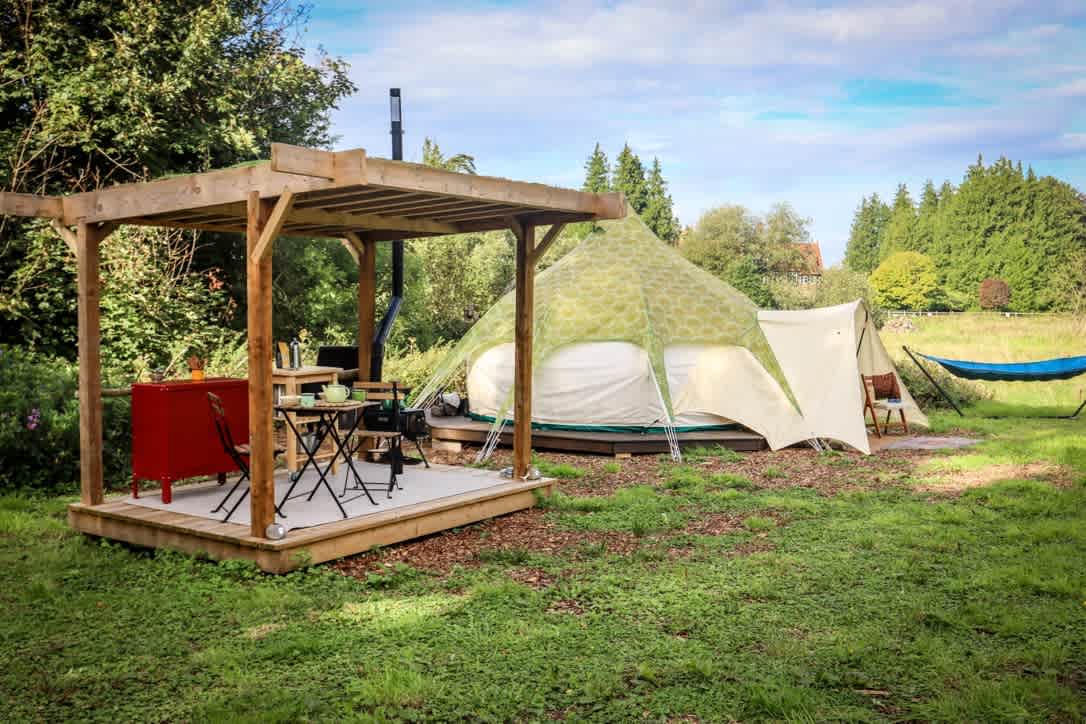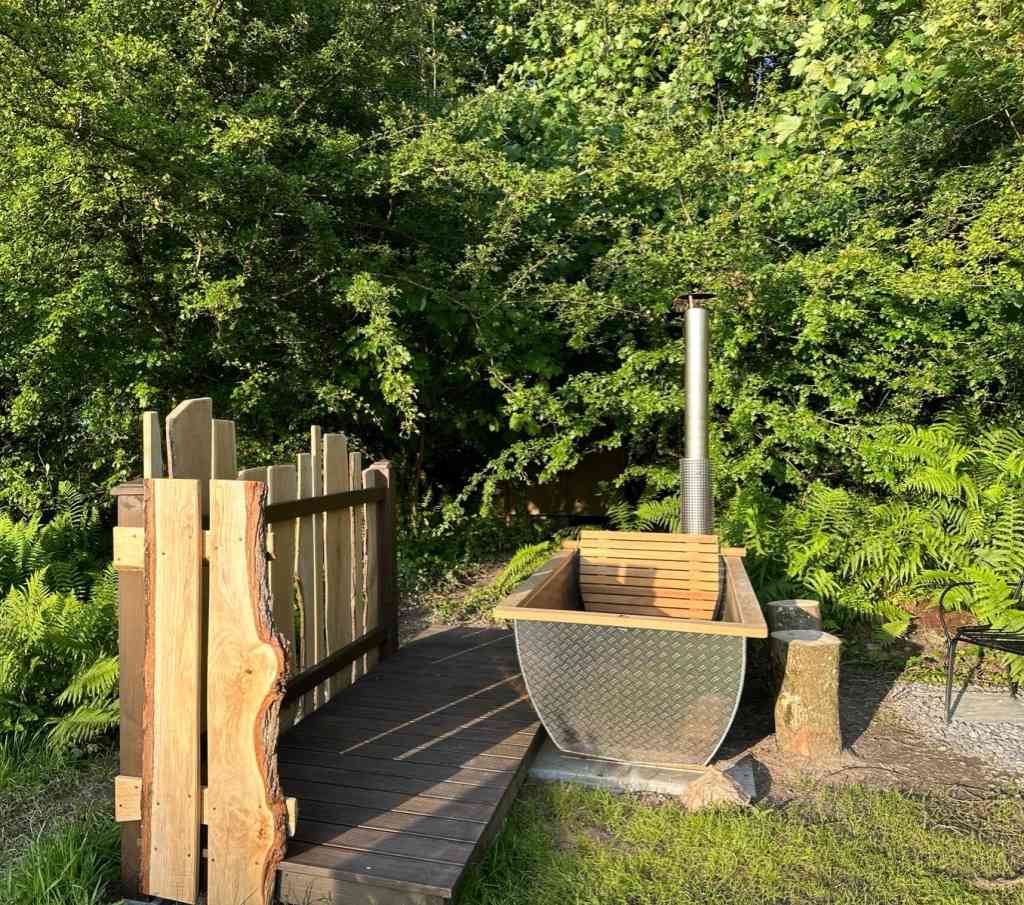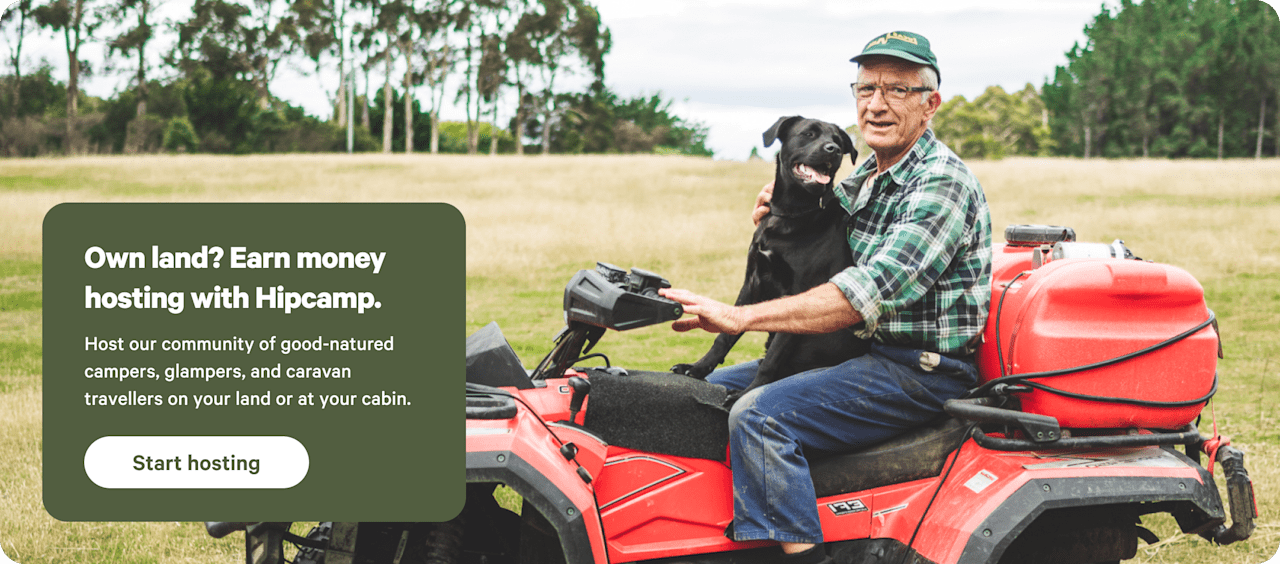Shepherd's huts with hot tubs near Abergavenny
Camp in the heart of South Wales’ grandest walking country around hill-flanked Abergavenny.
Community favorites near Abergavenny
Top-rated campgrounds reviewed by the Hipcamp community.
Shepherds Hut Hideaway in Devon!
Penn Bergeyn
Upper House Farm Glamping
Luxury Shepherds Hut with Hot Tub
Colehurst Lake
12 top shepherd's huts sites near Abergavenny with hot tub
Belan Bluebell Woods
Westland Farm
The Exmoor Woodland Escape
Stanford Farm
Castle Farm Holidays
Cholderton Estate, near Stonehenge
Brynhaul Clover Field Camping and Shepherds Huts
Jordans Estate Glamping
Little Fleece at Folly Farm
Tipsy Tree Glamping


Shepherd's huts with hot tubs near Abergavenny guide
Overview
Three of South Wales’ most iconic summits—Blorenge, Ysgyryd Fawr and Sugar Loaf—soar up out of the fertile countryside surrounding likeable farming town Abergavenny, and give good indication as to the key activity hereabouts. Fabulous hillwalking begins right outside town in the Brecon Beacons National Park, with Abergavenny well-poised for exploring the park’s eastern portion. The region is also known for its high-quality produce, and there are cracking restaurants in the vicinity.
Where to go
Black Mountains
The Black Mountains prop up the eastern end of Brecon Beacons National Park, a dark, brooding wedge of hills running from Abergavenny to Hay-on-Wye. The long-distance Offa’s Dyke Path trundles across the range, but hiking opportunities are limitless. The main way in for campers is the Vale of Ewyas, with its Abergavenny-Hay-on-Wye road bisecting some remote countryside below the ridges. Sites here are typically simple and small-scale.
Eastern Brecon Beacons
The Brecon Beacons is a national park of four parts. The eastern part of the Brecon Beacons themselves slot in west of the Black Mountains, south of Brecon and north of Merthyr Tydfil. It is the park’s most-visited area, with the highest peak (Pen y Fan, 2907 feet) and easy access from bigger towns such as Abergavenny, at the southeast corner. Campsites in this rugged expanse are in the verdant valleys around the edge and usually family-oriented.
Usk Valley
The sinuous River Usk threads through winsome, much-overlooked countryside south of Abergavenny. This is a green, gently-rolling land with the Brecon Beacons National Park’s bigger summits still looming in the background. There is delightful hiking, including on the long-distance Usk Valley Walk between Brecon and Caerleon, site of some impressive Roman ruins. Wood-fringed riverside campsites are conveniently positioned near the region’s midriff and area pubs.
When to go
Abergavenny is fabled for its festivals, so it’s worth planning a trip around them: Abergavenny Food Festival is the annual showpiece, in September. Crickhowell, just north, also has a walking festival in March. Weather is notoriously capricious here, and April and September can offer the same dry sunny spells that the height of summer can—and the same seemingly never-ending rain too—only without summer’s crowds.








